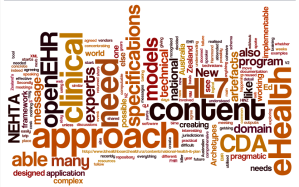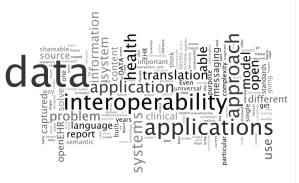I love being on the bleeding edge – it’s taught me to keep good backups and has given me some grief but it’s also a lot of fun. I ran the Windows 7 beta almost from the first release as my day to day operating system and was amazed at how well it performed. As soon as I started using it I just couldn’t stand using XP as it felt like something out of the dark ages.
I have been keeping a close eye on Windows 8 and reading a lot about it – lots of people are critical of the big interface changes which I think reflect some smart and pragmatic thinking inside Microsoft. Mobile computing is here to stay and the PC is on the decline. If Microsoft want to survive and thrive in this space, they need to inovate and not just at the edges. Windows 8 (and the recent announcement of the Microsoft Surface tablets) is a strong answer to this and a bit of a gamble that I think will pay off.
So I took the plunge yesterday and installed Windows 8 over my current Windows 7 install… (after backing everything up of course!). I was pleasantly surprised at how quick and easy it all was and how quickly I became used to the new GUI paradigm – the Start button and menu has been replaced by a ‘Metro’ screen with large square icons. There is now a whole new ecosystem of Metro style apps which are designed as touch applications predominantly, but still work well with a keyboard and mouse. There is a seamless transition between this and the desktop which is really very familiar to anyone using Windows 7 (with some new twists).
Its really fast – feels faster even than Windows 7. I am running a 3 yo Dell machine with 4GB Ram and a core 2 Duo Intel P8400. This is relatively old tech but performs really well with Windows 8. There are a whole lot of new ways of doing things, but I am finding that this is easy and I generally like how it works. Simple things like getting the Office DVD ISO, realising that Win 8 recognised it as an ISO file, double clicking it and finding that Win 8 mounts it as a DVD drive and allows me to install directly from it. No more 3rd party software to mount and run an ISO file – magic stuff.
Everything seems to run fine including drivers for Windows 7. I am just starting to explore the metro apps, and I’ll post more as I find it.
So far I really like it…

